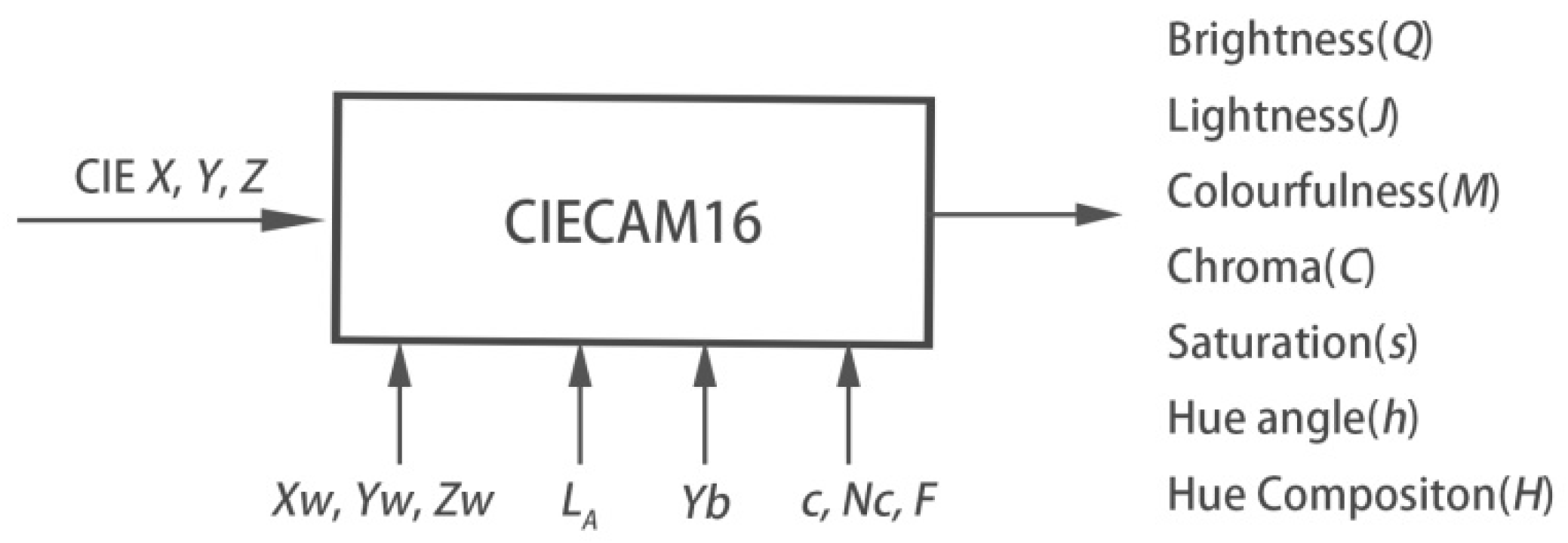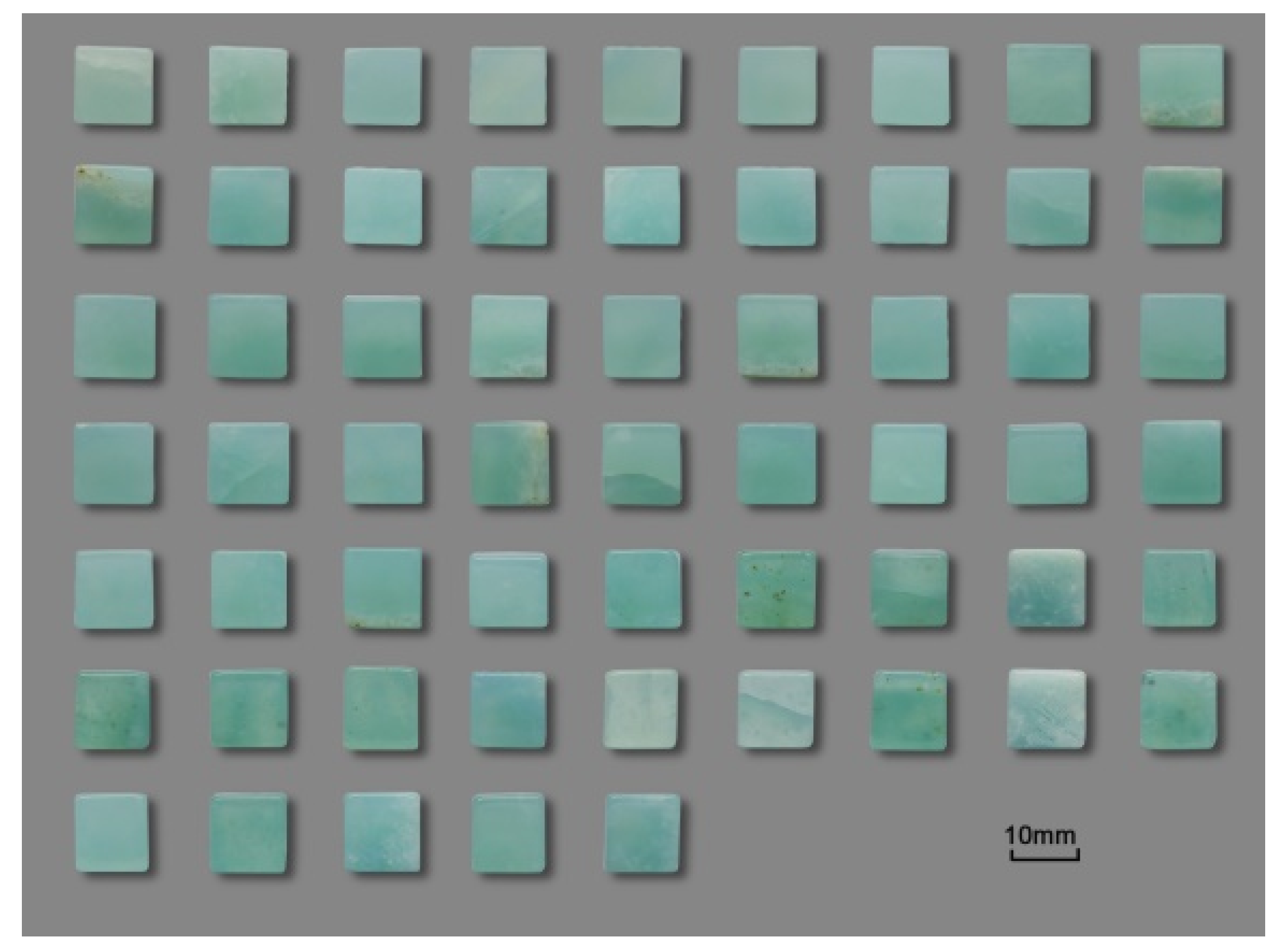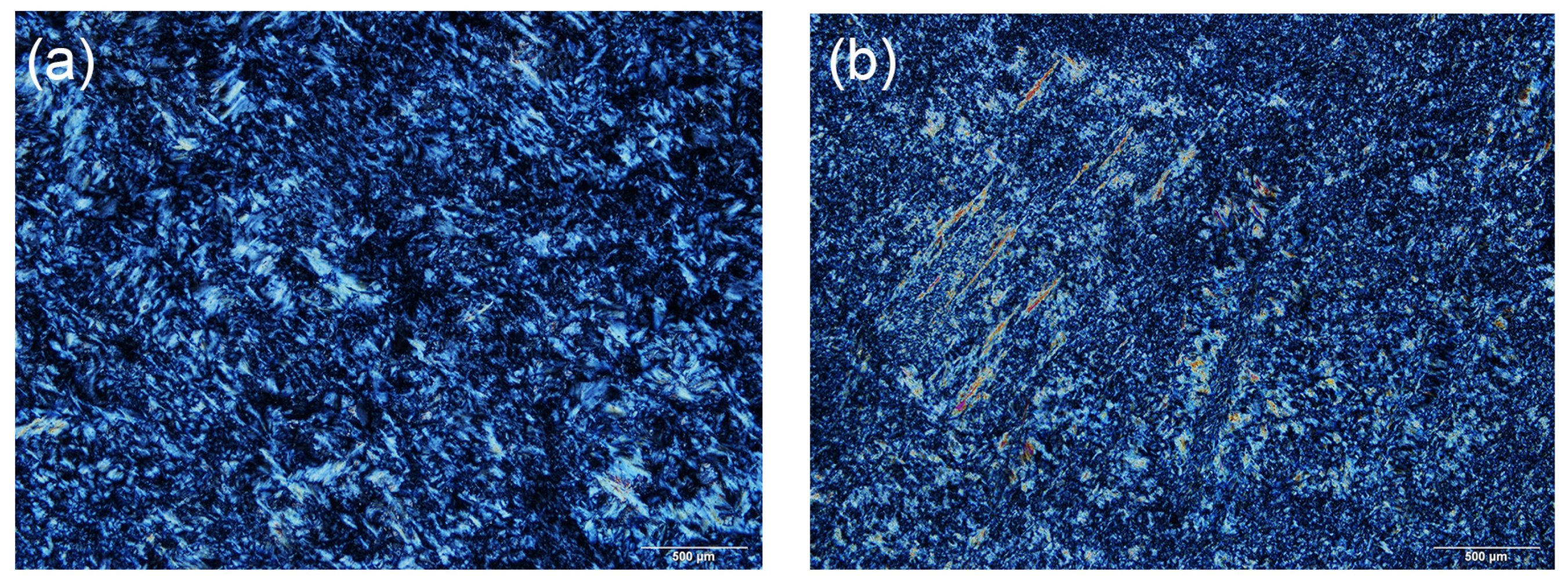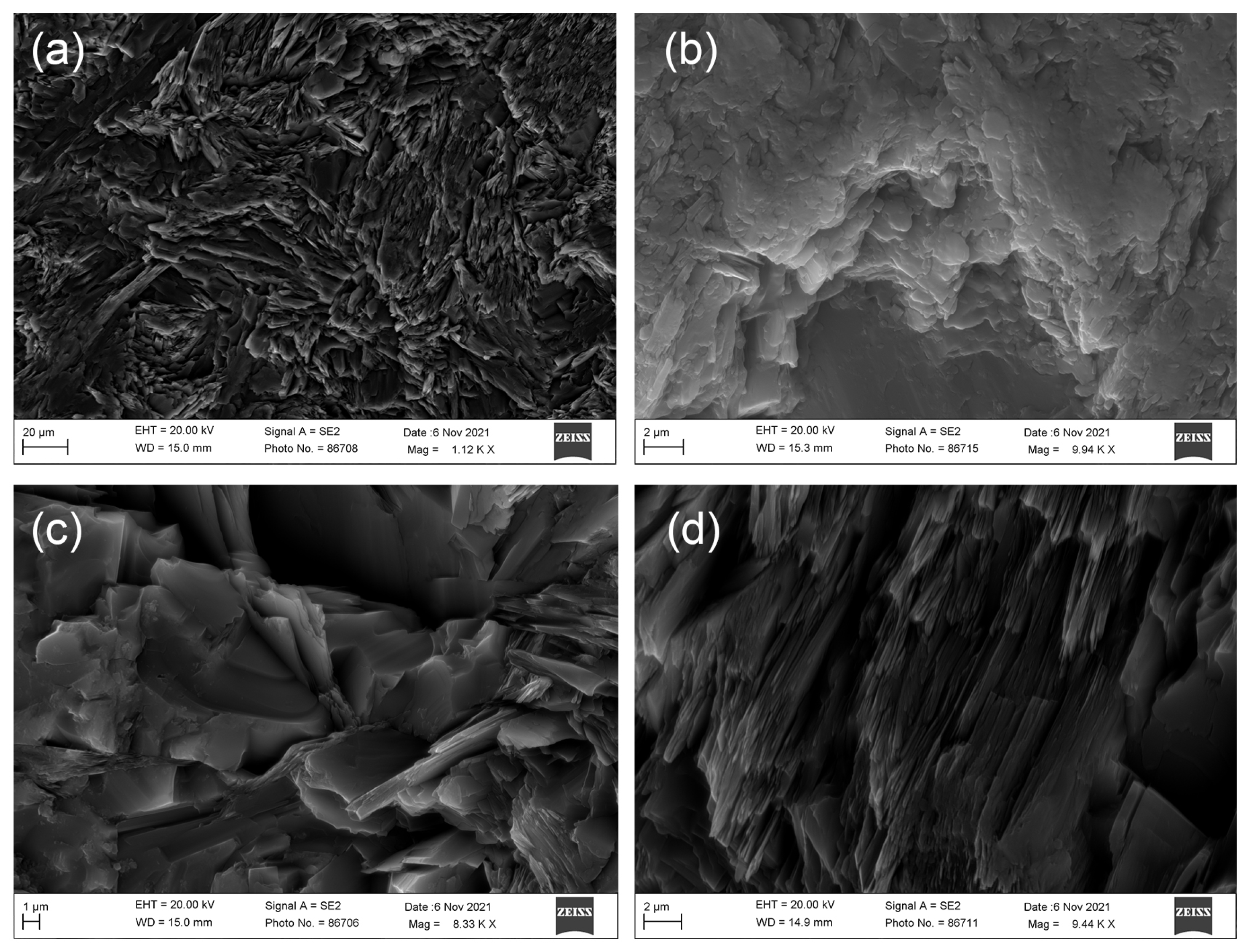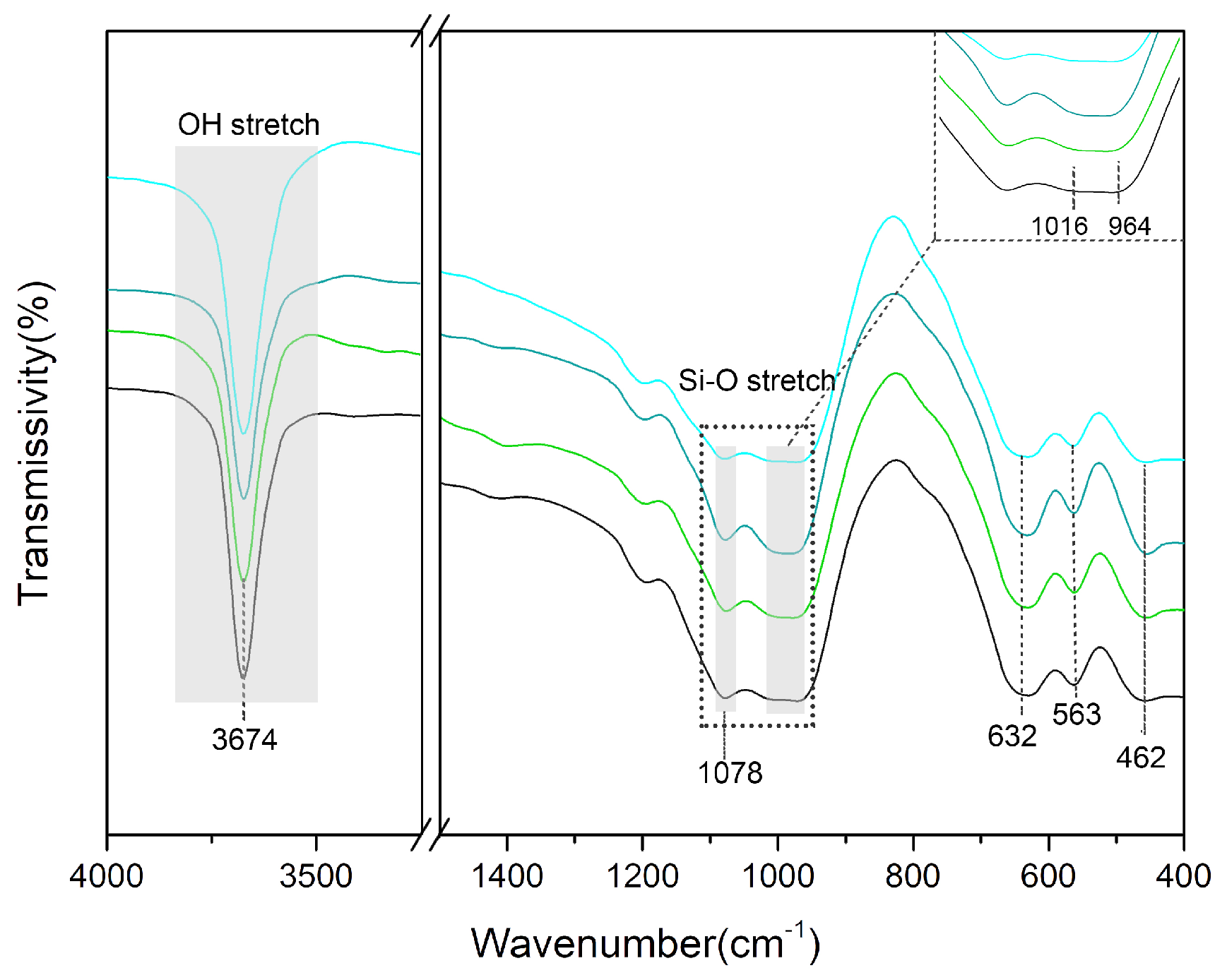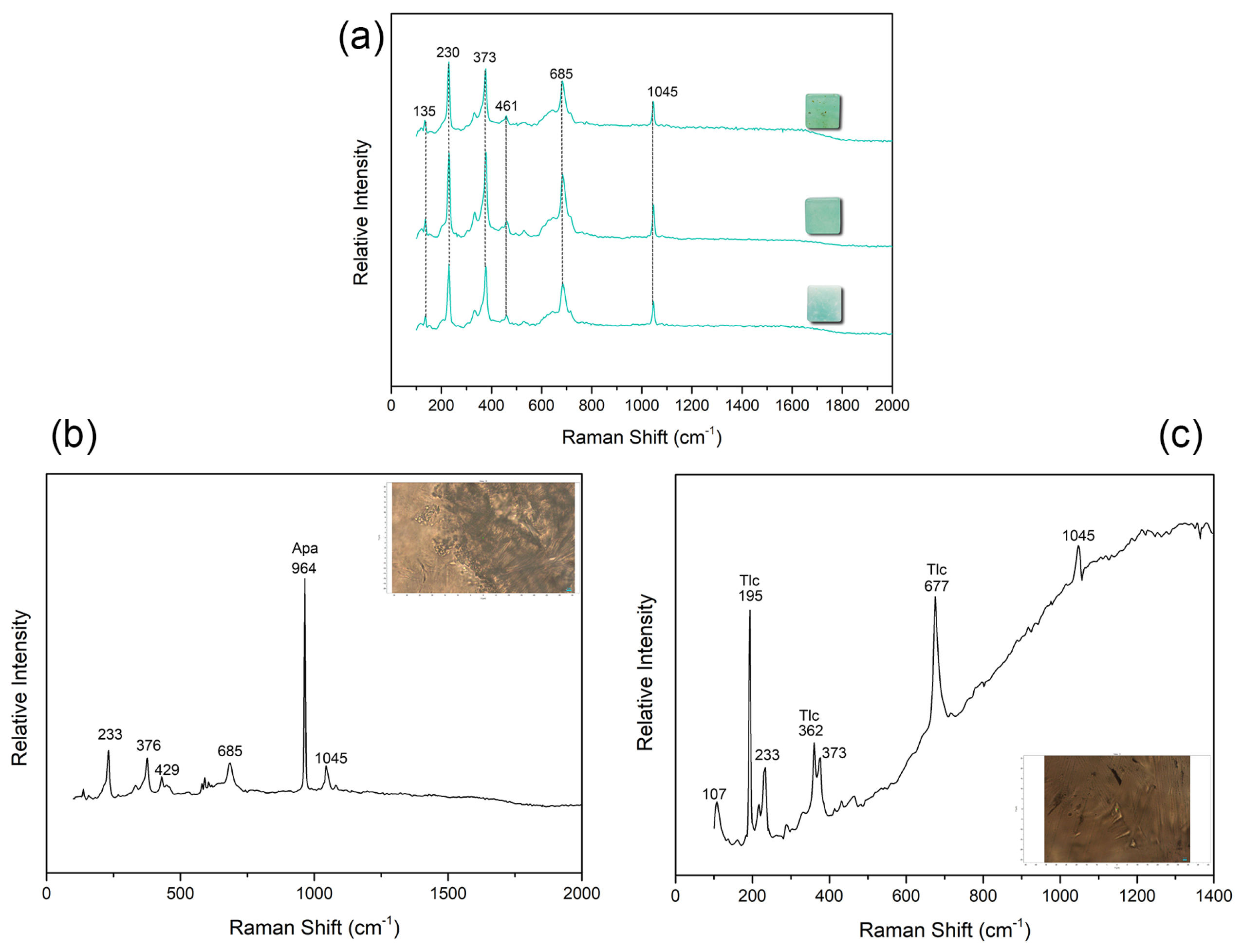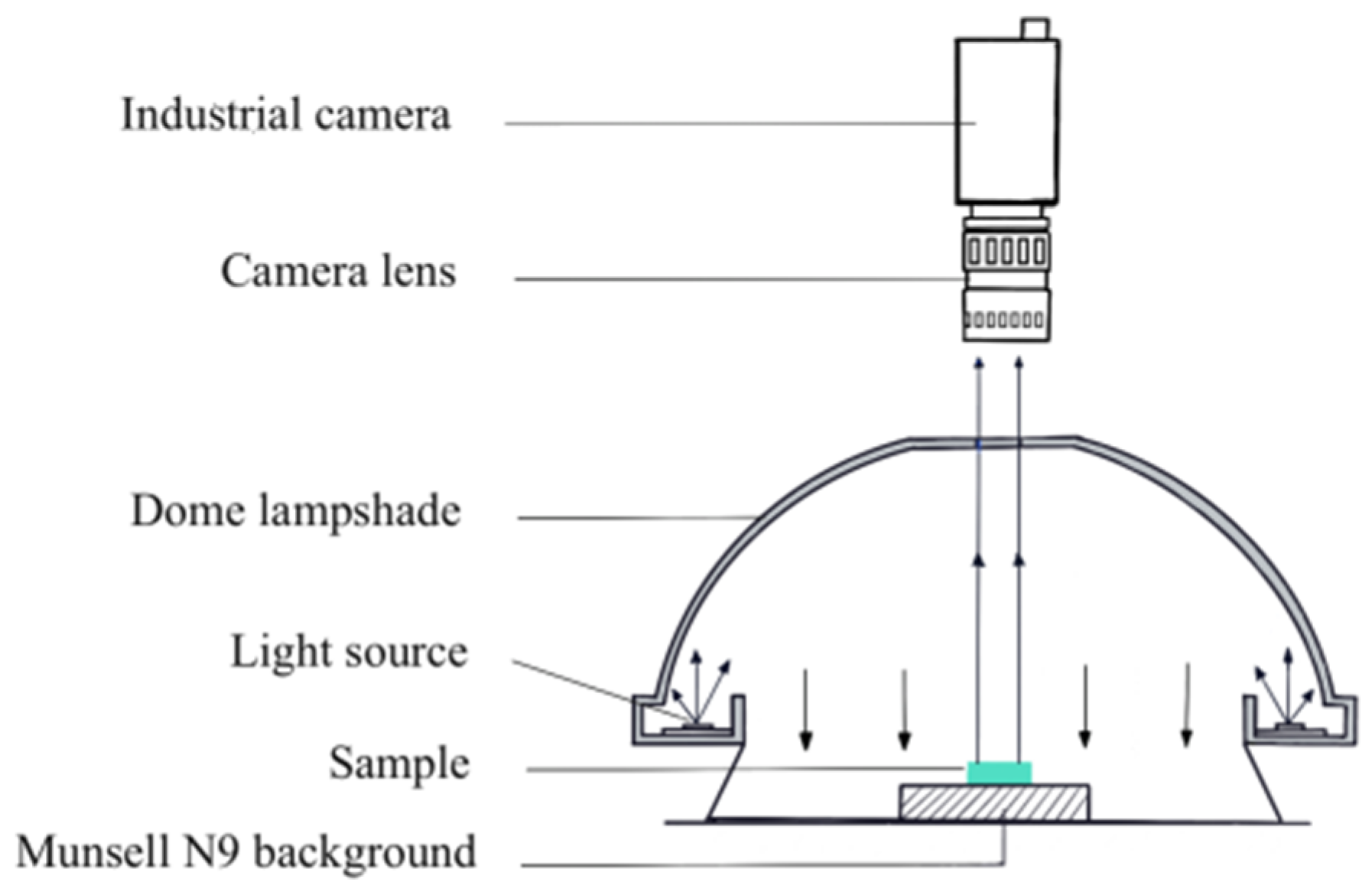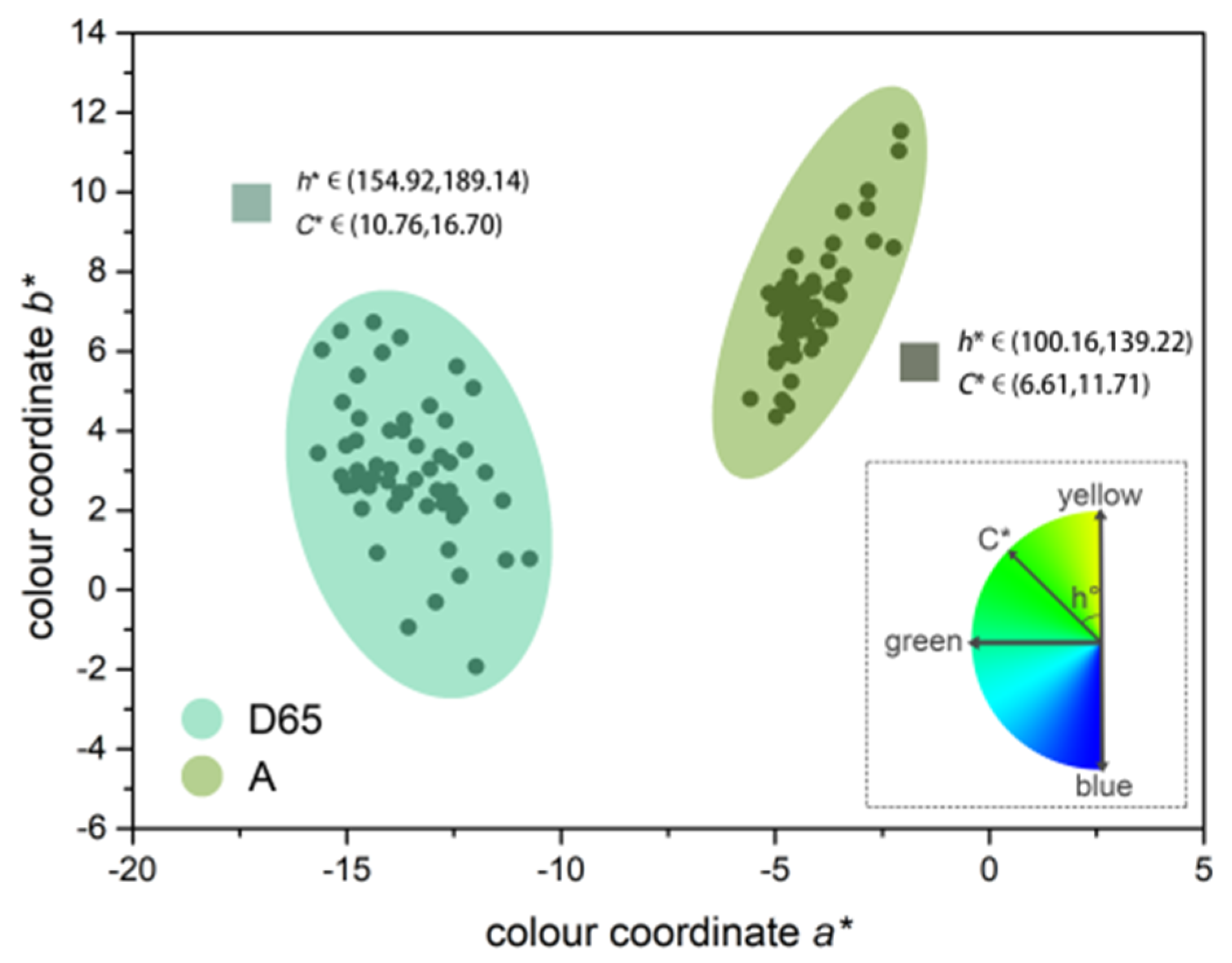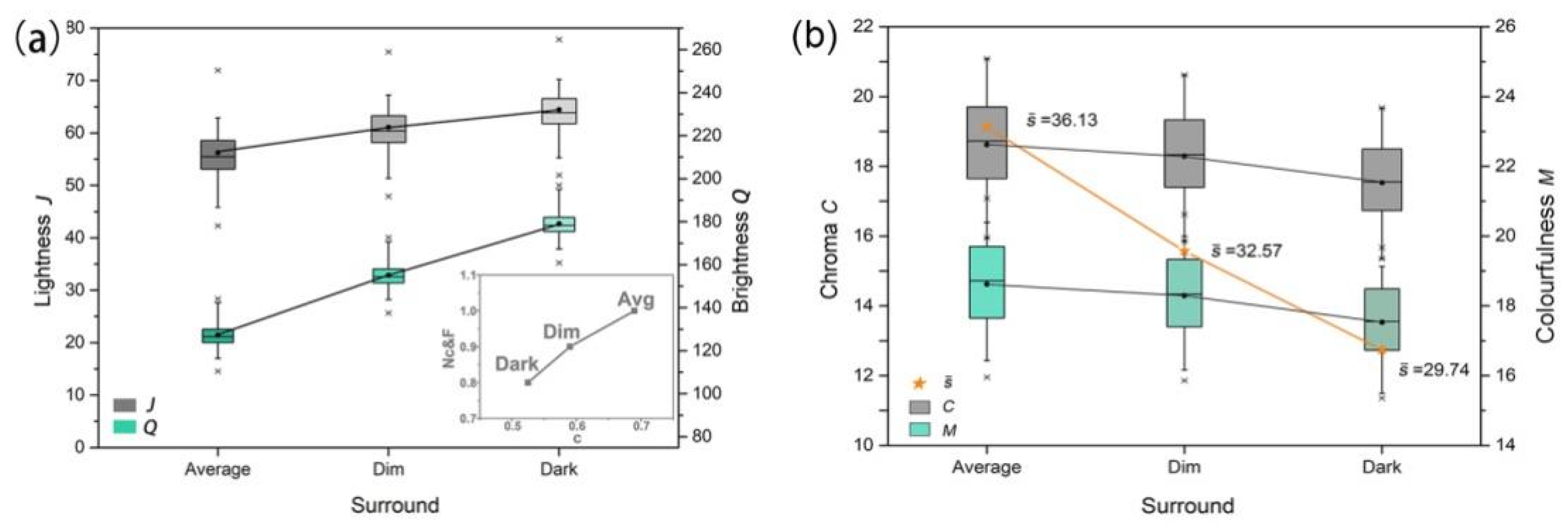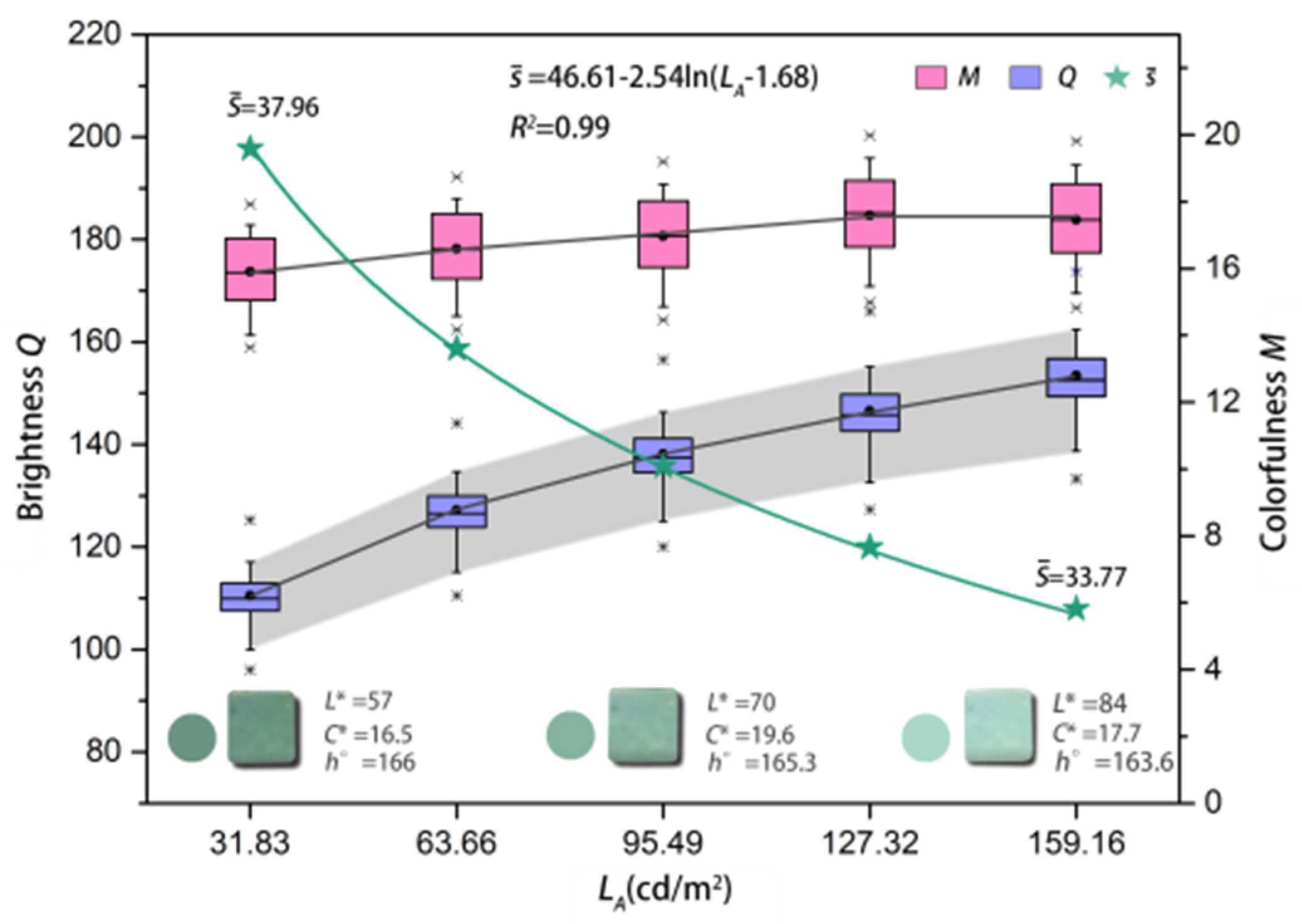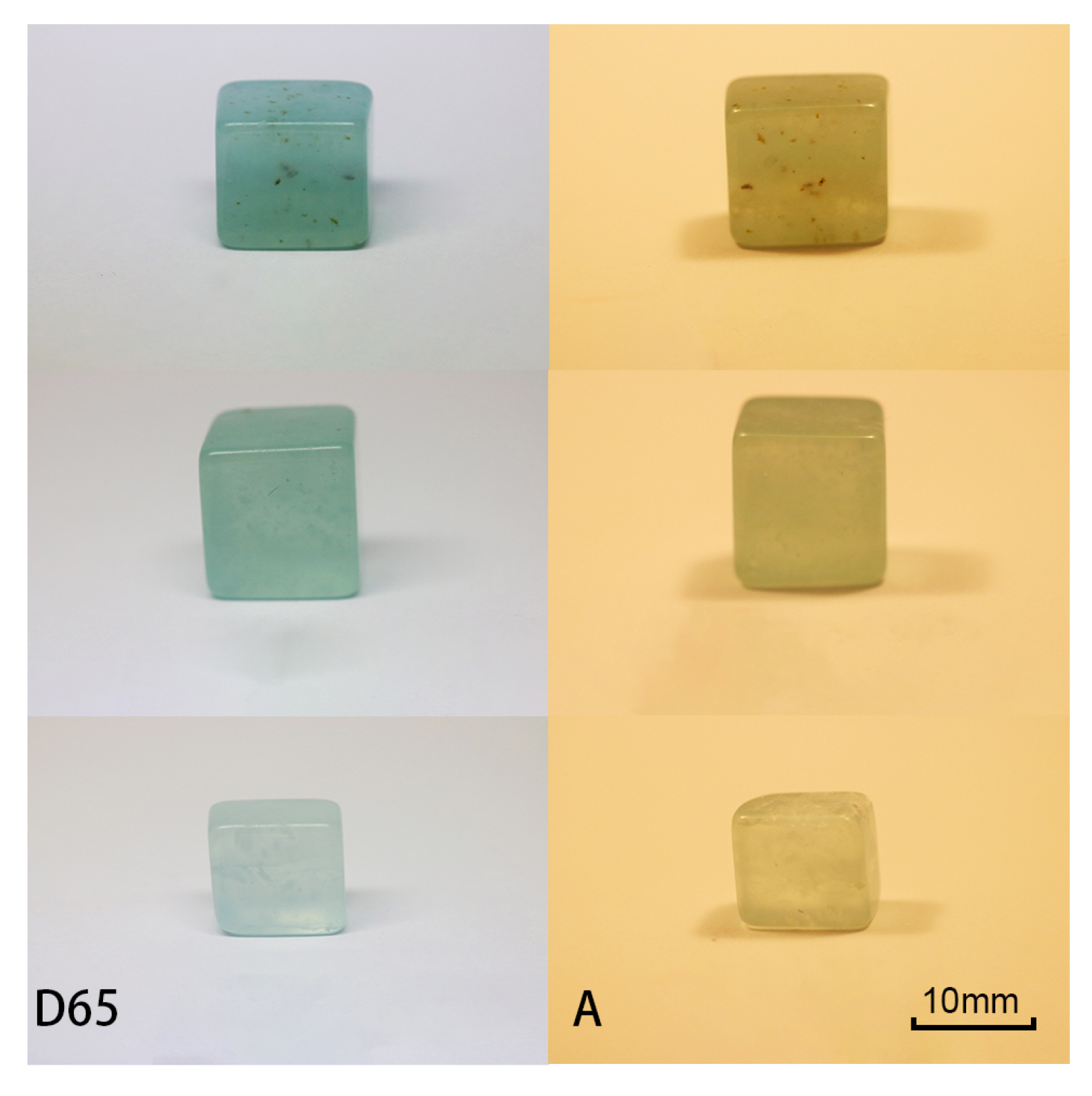1. Introduction
Serpentinites are mainly composed of the serpentine mineral group, which includes hydrous phyllosilicates with an ideal chemical formula A
3Si
2O
5(OH)
4, where A is Mg, Fe
2+, and Ni [
1]. Serpentine mainly consists of a magnesium oxide octahedral sheet and a silicon–oxygen tetrahedral sheet, forming a closely connected layered structure [
2]. According to the different arrangements of these layers, serpentine can be divided into three main serpentine-type minerals: lizardite, antigorite, and chrysotile [
3]. Many scholars have used infrared spectroscopy, Raman spectroscopy, X-ray powder diffractometry, and other analytical methods to study the mineralogical and petrological characteristics of serpentinites [
4,
5]. Their deposits are widely distributed around the world. Among the most important varieties, we have Williamsite in America, Bowenite in New Zealand, and Xiuyan jade in China. According to the different formation mechanisms of serpentinite, it can be divided into two deposit types. One is formed in the hydrothermal metasomatic deposit, where Si-rich fluids react with Mg-rich dolomitic marble rocks at a medium temperature, such as Xiuyan jade [
6,
7,
8] and Luchuan jade [
9]. The other is mainly formed by the metasomatism of ultramafic rocks (e.g., dunite, containing mainly olivine) at a low–medium temperature, such as Taishan jade. The first type often contains high contents of SiO
2, medium contents of MgO, and low contents of Al
2O
3 and total Fe, while the second type is characterised by a higher amount of Fe, Cr, and Ni [
6,
10].
In ancient times, serpentinite was widely used in jewellery, decoration, and carving materials in the Mediterranean area, Asia, Oceania, and America [
11]. It is valued for its typical yellowish-green and olive-green appearance, waxy lustre, and fine aphanitic structure. In recent years, a new type of gem-quality serpentinite called Tianqing Dong has appeared in the jade markets of China, and it was used to imitate jadeite when it first appeared. Unlike the other serpentinites that show a yellowish-green colour, it has a charming bluish-green hue, and there are few studies evaluating its quality.
At present, visual colourimetry, colour sequence systems, and CIE colourimetric systems are commonly used to evaluate the colour quality of gemstones. Visual colourimetric methods, such as Gem Dialogue and Gem Set, describe and grade colours by comparing them with standard colour samples [
12,
13]. This method is limited to two-dimensional space, and the plastic mould will age over time so that long-term use will lead to the deviation of observed colour. The colour sequence system arranges and names each colour according to specific rules. For example, GIA has used the Munsell system to form a set of independent and mature colour classification methods, such as yellow, pink, blue, and Cape series diamonds colour grading [
14,
15,
16,
17]. Many scholars studied the colour of gemstones based on the CIE1976
L*a*b* uniform colour space system, including jadeite [
18], peridot [
19,
20], garnet [
21,
22,
23], tourmaline [
24,
25], amethyst [
26], and turquoise [
27].
However, the traditional colourimetric theory cannot predict the complex colour appearance phenomena such as colour adaptation and colour contrast. Additionally, the subjective perception ability of human eyes is affected by the viewing conditions. Even though the two colours have the same tristimulus value, we will perceive them as different when the surround, background, lighting conditions, and other factors are different [
28]. That is why the colour appearance model came into being. Since the early 1990s, researchers have conducted a series of psychophysical experiments and began to put forward various new colour appearance models, such as the Hunt model [
29], the RLAB model [
30], the LLAB [
31] model, etc. [
32]. In 1997, tc1-34 proposed a new CIECAM97s model after integrating the characteristics of the earlier models [
33,
34]. Then, this model was modified to obtain a new version, the CIECAM02 model [
35]. Researchers have conducted a lot of research on its uniformity [
36,
37], computational defects [
38], and prediction performance [
39,
40], and the model has been widely used in the fields of medicine, textile, printing, etc. However, its calculation process is relatively complex, and its operational efficiency is rather low. Therefore, Li et al. improved it and proposed a new model, CIECAM16, with higher accuracy and simple calculation [
41,
42]. CIECAM16 modifies the transformation matrix in the CIECAM02 model and combines the chromatic adaptation and the cone response transformation to form a new space for easier computation [
43]. The CIECAM16 model can accurately predict the corresponding colour datasets, especially regarding brightness, colour, and hue composition. Therefore, it is more suitable for the colour appearance attributes prediction of bluish-green serpentinite.
This paper discusses the colour appearance quality evaluation of the gem-quality bluish-green serpentinite based on the CIECAM16 model by calculating these parameters of samples under different surrounds, illuminances, and light sources.
5. Conclusions
Gem-quality bluish-green serpentinite is mainly composed of antigorite, including minor amounts of other nonserpentine minerals such as apatite, talc, dolomite, calcite, etc. The CIECAM16 model can be used to predict its colour appearance properties. Changes in surrounds, illuminances, and light sources significantly affect the colour appearance of the samples. As the surround changes from average to dim and then to dark, the lightness (J) and brightness (Q) gradually increase, while the chroma (C) and colourfulness (M) decrease. The lightness contrast becomes more evident, which confirms the Bartleson–Breneman phenomenon. With average surrounds, serpentinite can present a charming bluish-green hue with higher saturation.
Brightness and colourfulness both increase with illuminance enhancement, indicating that the CIECAM16 model can predict the Stevens and Hunt effects. However, since the growth rate of colourfulness is much lower than that of brightness, a downward trend in saturation is observed. Consequently, too high a illuminance level does not favour the presentation of the colour of serpentinite.
According to the CAM16-UCS colour space, the change of the light source affects the hue angle (h) and colourfulness (M) of serpentinite. As the colour temperature of the light source decreases, the hue angle and colourfulness both increase, and the colour shifts towards the blue rather than yellow area. The CIECAM16 model may not be suitable for predicting the hue of serpentinite under different light sources. The D65 light source is more suitable for the colour presentation and classification of bluish-green serpentinite than the other ones (D50 and A).
